Характеристики
Прочие свойства
- Бренд
- West System
Описание
These disposable gloves are made of lightweight, seamless neoprene. They are more chemically resistant than latex gloves. They provide excellent protection while retaining good fiber sensitivity and dexterity and they are more puncture resistant than conventional disposable gloves. Large size fits most.
Limiting exposure to epoxy resins and hardeners:
- The government has not established exposure limits for WEST SYSTEM epoxy products. We recommend limiting exposure to the levels approved for the raw materials used in formulating the product, as shown in the product’s MSDS. Practice the following procedures for the safe use and handling of our epoxy products.
- Avoid contact with epoxy resin, hardeners, mixed epoxy and sanding dust from partially cured epoxy. Wear disposable gloves and clothing whenever you handle epoxies. Barrier skin creams provide added protection. If you do get resin, hardener or mixed epoxy on your skin, remove it as soon as possible. Resin is not water-soluble—use a waterless skin cleanser to remove resin or mixed epoxy from your skin. Epoxy hardener is water-soluble—wash with soap and warm water to remove hardener or sanding dust from your skin. Always wash thoroughly with soap and warm water after using epoxy, removing amine blush or sanding epoxy. If you spill epoxy on your clothes, change them immediately. Use skin cleanser to remove any epoxy from you and your clothes. If you cannot completely remove it from your clothes, do not continue to wear them. If it is mixed epoxy, you may wear the clothes again once the epoxy has completely cured. Never use solvents to remove epoxy from your skin.Stop using the product if you develop a reaction. Resume work only after the symptoms disappear, usually after several days. When you resume work, improve your safety precautions to prevent exposure to epoxy, its vapors, and sanding dust. If problems persist, discontinue use and consult a physician.
- Protect your eyes from contact with resin, hardeners, mixed epoxy, and sanding dust by wearing appropriate eye protection. If epoxy gets in your eyes, immediately flush them with water under low pressure for 15 minutes. If discomfort persists, seek medical attention.
- Avoid breathing concentrated vapors and sanding dust. All of our epoxies have a low volatile organic content (VOC), but vapors can build up in unvented spaces. Provide ample ventilation when working with epoxy in confined spaces, such as boat interiors. When you can’t adequately ventilate your workspace, wear an approved respirator with an organic vapor cartridge. Provide ventilation and wear a dust/mist mask or respirator when sanding epoxy, especially partially cured epoxy. Breathing partially cured epoxy dust increases your risk of sensitization. Although epoxy cures quickly to a sandable solid, it may take over two weeks at room temperature, or elevated-temperature post-curing, to cure completely.
- Avoid ingesting epoxy. Wash thoroughly after handling epoxy, especially before eating or smoking. If you swallow epoxy, drink large quantities of water—DO NOT induce vomiting. Hardeners are corrosive and can cause additional harm if vomited. Call a physician immediately. Refer to First Aid procedures on the Safety Data Sheet.
- Keep your workshop clean to avoid incidental contact. Avoid touching door handles, light switches, and containers when you have epoxy residue on your disposable gloves, because you may touch them later without gloves on. Clean up spills with a scraper, collecting as much material as possible. Follow up with absorbent towels. Use sand, clay or other inert absorbent material to contain large spills. DO NOT use sawdust or other fine cellulose materials to absorb hardeners. Clean resin or mixed epoxy residue with acetone, lacquer thinner or alcohol. Follow all safety warnings on solvent containers. Clean hardener residue with warm soapy water. You may reclaim uncontaminated resin or hardener for use. DO NOT dispose of hardener in a trash container with sawdust or other fine cellulose materials—they can spontaneously combust.
- Safely dispose of resin, hardener and empty containers. Puncture a corner of the can and drain residue into the appropriate new container of resin or hardener. Do not dispose of resin or hardener as liquids. Mix and cure waste resin and hardener (in small quantities) to make a non-hazardous inert solid.



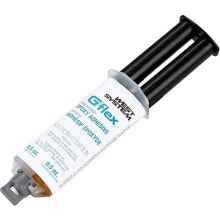


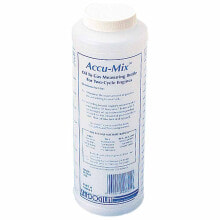
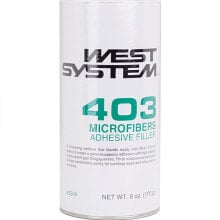
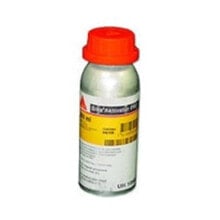

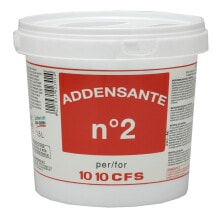
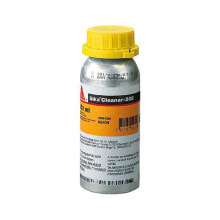

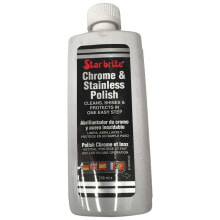

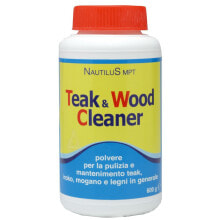




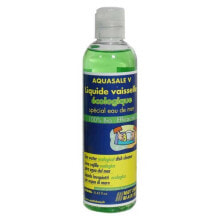
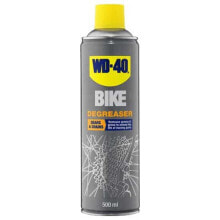
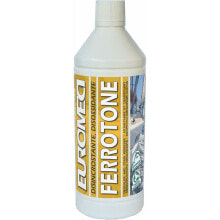
Мы собрали лучшие предложения по оригинальным брендовым товарам из зарубежных магазинов, выстроили надежную систему доставки и не тратим средства на аренду торговых помещений - это позволяет сделать цены для вас намного ниже местных магазинов.
Непривычно покупать качественные вещи дёшево? Пора начинать это делать вместе с LiteMF Market!»